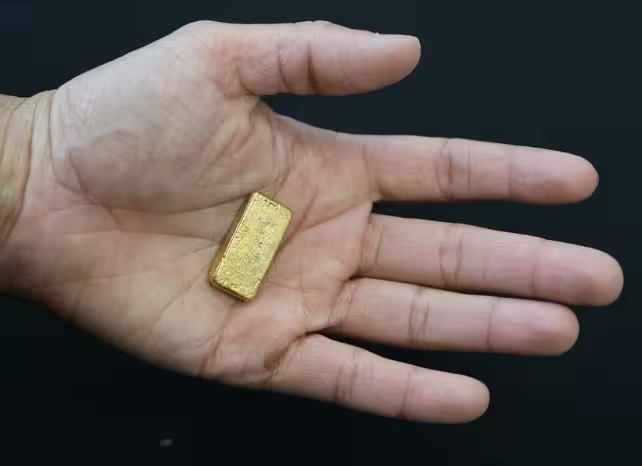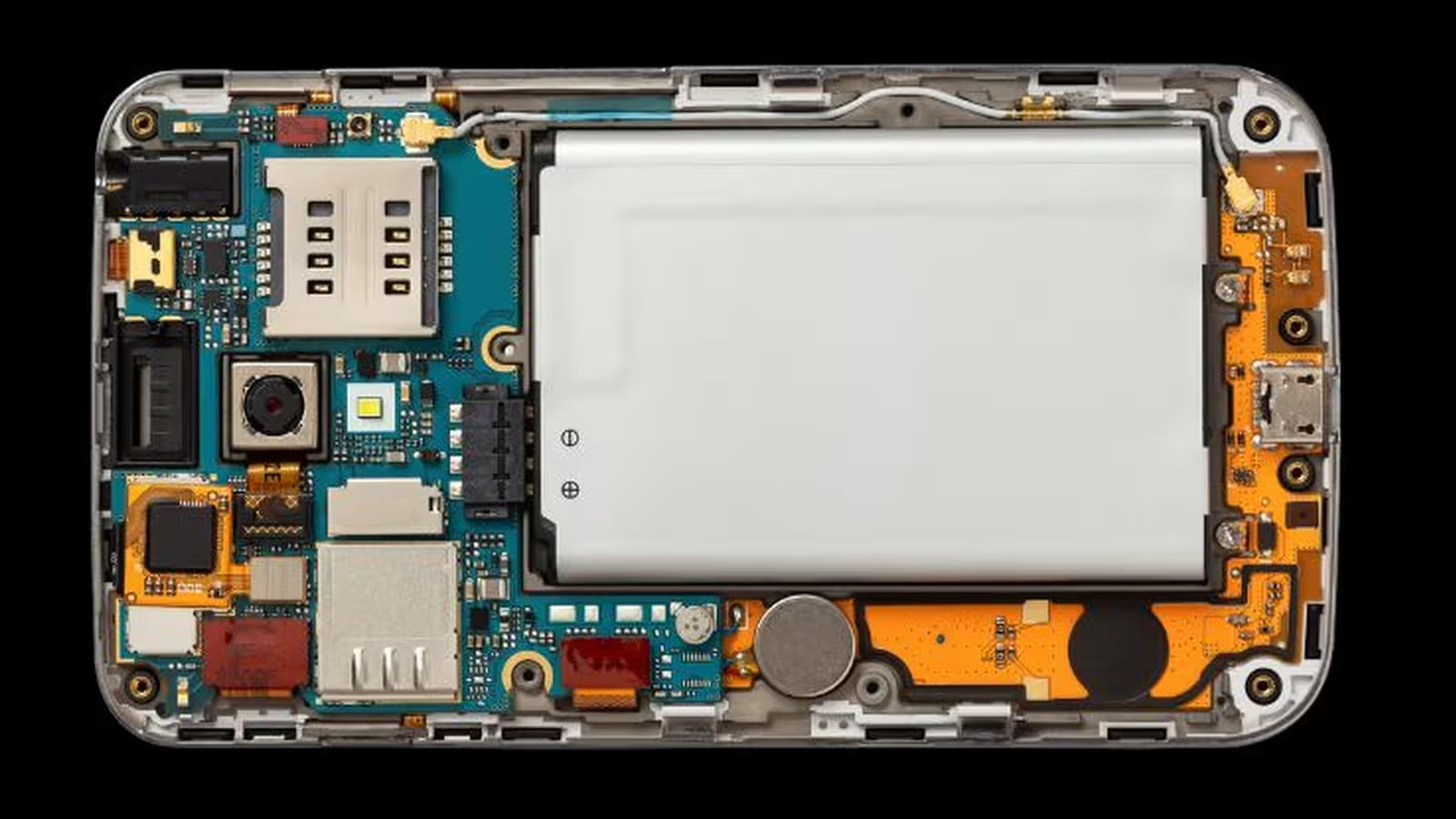6 Minutes
The Gold Hidden in Electronic Waste: A Growing Environmental Challenge
The modern world’s reliance on electronics—from smartphones to laptops—comes at a significant environmental cost. In 2022 alone, global electronic waste (e-waste) reached an estimated 62 million tonnes, a staggering increase of 82% since 2010. Projections suggest this figure could rise to 82 million tonnes by 2030, placing immense pressure on waste management systems and the environment. E-waste is not just a disposal issue; it represents a colossal, untapped resource. Many discarded devices contain valuable precious metals like gold, commonly used in circuitry due to their superior conductivity and resistance to corrosion. Despite this, less than 25% of e-waste is effectively collected and recycled, resulting in both resource loss and environmental damage.
Why Gold Recovery from E-Waste Matters
Gold is deeply embedded in human history, serving as currency, adornment, and a foundation for economic systems for centuries. Today, its unique properties make gold indispensable in electronics, aerospace technology, and chemical manufacturing. However, traditional gold mining methods are environmentally destructive, causing deforestation and poisoning waterways through the use of highly toxic chemicals such as cyanide and mercury. Artisanal and small-scale mining (ASM), in particular, uses mercury to amalgamate gold from ore, which not only exposes workers to dangerous mercury vapors but also pollutes local ecosystems. In fact, ASM is considered the leading source of mercury pollution worldwide.
Given the dual challenge of meeting soaring gold demand and safeguarding the environment, researchers have focused on developing more sustainable approaches for extracting and recycling gold, particularly from secondary sources like electronic waste. Redirecting efforts to "urban mining"—the process of reclaiming metals from e-waste—offers a potential solution to the rising demand and associated environmental impacts of primary gold mining.
Introducing a Breakthrough Gold Extraction Technology
In a landmark study published in Nature Sustainability, an interdisciplinary team of scientists has unveiled a pioneering technique for extracting gold from both e-waste and ore, prioritizing safety and environmental responsibility. Their innovative process sidesteps the need for hazardous chemicals like mercury and cyanide, representing a significant stride toward greener precious metal recovery.
Eco-Friendly Chemical Leaching
At the heart of the method lies a chemical familiar to everyday life: trichloroisocyanuric acid, widely used in water treatment and pool chlorination. When activated in a saline solution, this affordable and accessible compound readily reacts with gold in electronic scrap or ore, dissolving it into a water-soluble complex. Unlike traditional leaching agents, trichloroisocyanuric acid does not pose a severe environmental hazard and is simple to handle.

Selective Gold Capture with Sulphur-Based Polymers
After gold is leached into the solution, the scientists employ a specially designed, sulphur-rich polymer sorbent to recover the dissolved metal. Polymer sorbents are materials engineered to selectively attract and bind specific substances from liquids or gases. The breakthrough in this approach is the use of an abundant industrial byproduct—elemental sulphur—as the feedstock for producing the gold-capturing polymer. This not only turns a waste product from the petroleum industry into a valuable resource but also addresses the challenge of selectivity, as the polymer is engineered to preferentially extract gold even in the presence of other metals commonly found in electronic devices.
Circular Economy: Chemical and Material Recycling
Sustainability was considered at every stage of the process. Both the leaching chemical and the polymer sorbent can be regenerated and reused, minimizing waste generation. Remarkably, the research team developed light-driven chemical methods to "un-make" the polymer sorbent after gold extraction, breaking it down into its original monomer for reuse in new polymer batches. Water used in the process is also cleaned and recycled, further supporting a closed-loop, circular economy model for gold recovery from e-waste.
Experimental demonstrations have showcased the method’s efficacy across various materials, from natural ore to obsolete computer circuit boards and laboratory waste. According to the researchers, these advances could drastically reduce the environmental risks linked to both gold mining and e-waste disposal if widely adopted.
Broader Implications for Sustainable Mining and Urban Resource Recovery
The impact of this sustainable gold extraction technology could be transformative, particularly for artisanal and small-scale mining communities. These miners, who often operate in remote areas with limited economic alternatives, rely heavily on mercury-based methods. Such practices jeopardize their health and well-being and cause severe environmental degradation.
By providing a viable and cost-competitive alternative to mercury and cyanide, the new process may protect miners while ensuring their livelihoods. The broader adoption of this technology could also boost responsible "urban mining," making precious metal recovery from e-waste both safer and more accessible.
However, adoption is not without challenges. As the research team points out, scaling up the manufacture of the polymer sorbent and optimizing the closed-loop recycling system are essential for commercial application. Furthermore, the process must achieve competitive rates, yields, and costs relative to longstanding industrial techniques to ensure industry buy-in. Early results are promising, but transitioning from laboratory to field use—and eventually to global standard practice—will require collaboration with governments, NGOs, and private sector partners.
Expert Insights
Commenting on the significance of the work, the lead researchers state, “Our primary motivation is to support millions of craftsmen and small-scale miners whose health and incomes depend on gold recovery. By making the process safer and more sustainable, we can foster economic development and environmental stewardship.”
Conclusion
This innovative process for extracting gold from e-waste and ore represents a significant leap forward in sustainable resource management. By leveraging commonly available chemicals and recyclable polymers derived from industrial byproducts, scientists have opened a new path toward environmentally responsible precious metal recovery. Beyond mitigating the environmental harm caused by traditional mining practices, this strategy supports the livelihoods of vulnerable communities and paves the way for a circular, resource-efficient economy. While there are still technical and logistical barriers to overcome, the development of safer, scalable, and cost-effective gold extraction methods marks a hopeful step toward a cleaner, more sustainable future for both the mining sector and the global electronics industry.



Comments